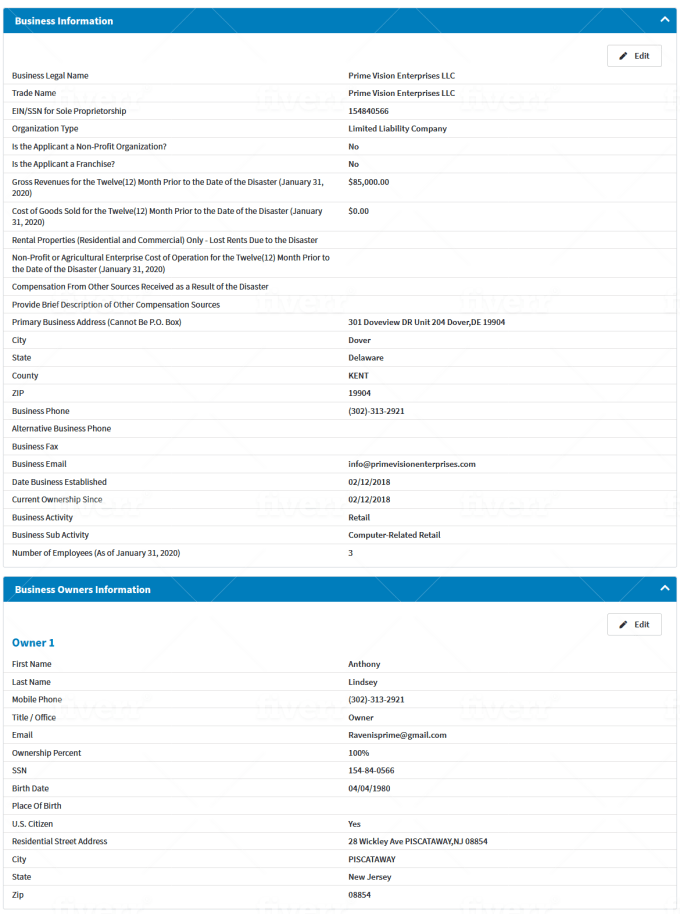Navigating COBRA Paperwork: Essential Steps You Need to Know

If you've ever found yourself in a position where your job has ended or your work hours have been reduced, understanding and managing your benefits can feel overwhelming. One of the key things to address is COBRA, which stands for the Consolidated Omnibus Budget Reconciliation Act. This Act provides the ability to continue with health insurance after leaving employment. Navigating the paperwork for COBRA is critical as any missteps could result in loss of health coverage, which is something no one can afford. Here’s a detailed guide on how to ensure you get through this process smoothly.
Understanding COBRA

COBRA allows former employees, their spouses, former spouses, and dependents to continue group health benefits for a limited time under certain circumstances, like job loss, reduction in hours, or various other qualifying events. This continuation comes at your expense, but can be crucial during transitional periods.
1. Notification of Qualifying Events

- Know the Qualifying Events: Common events include voluntary or involuntary termination of employment (except for gross misconduct), reduction in hours worked, death of the employee, divorce or legal separation from the covered employee, or the employee becoming entitled to Medicare.
- Communicate Changes: If you experience one of these events, you must notify your employer or the plan administrator within a specific timeframe (usually within 60 days).
📌 Note: It's important to understand that failure to notify the plan administrator of a qualifying event could result in forfeiture of your COBRA rights.
2. Receiving the COBRA Election Notice

- Receiving the Notice: Once a qualifying event has been communicated, the employer has 14 days to provide you with the COBRA election notice.
- Understanding the Election Notice: This notice will detail the types of plans available, premium amounts, the maximum length of coverage, how to enroll, and other important information.
3. Making Your Decision

- Decision Period: You have 60 days from the later of the date the COBRA election notice was provided or the date the qualifying event occurred to elect COBRA coverage.
- Cost Analysis: Analyze the cost against your financial situation. COBRA can be expensive as you’ll pay the full premium plus a small administrative fee.
- Other Options: Consider alternatives like the Marketplace under the Affordable Care Act (ACA), which might offer lower-cost options.
4. Enrollment and Payment

- Enroll in COBRA: Complete and return the election form by the deadline. Missing this deadline means you lose the option to elect COBRA.
- Payment Process: After enrollment, you’ll need to make your first premium payment within 45 days from the date of your election.
| Step | Description | Timeline |
|---|---|---|
| Notify of Event | Inform your employer or plan administrator of a qualifying event. | Within 60 days of the event |
| Receive Election Notice | The employer must provide the COBRA election notice. | 14 days from notification |
| Make Your Decision | Decide whether to elect COBRA coverage. | Within 60 days from the election notice date |
| Enroll and Pay | Complete enrollment forms and make your first premium payment. | 45 days to make first payment |

💡 Note: If you miss the payment deadlines, you might lose your COBRA coverage.
5. Keeping Your Coverage Active

- Pay Monthly: COBRA premiums are typically paid monthly. Make sure payments are made on time to avoid gaps in coverage.
- Understand Length of Coverage: COBRA coverage can last up to 18 months for job loss or reduction in hours, or up to 36 months for other qualifying events.
6. Review and Reevaluate

- Annual Open Enrollment: During this period, you might want to reassess your health insurance options to potentially find cheaper or better alternatives.
- Explore Other Coverage Options: Periodically check if other insurance options have become available that could suit your needs better or cost less.
In the journey of navigating COBRA paperwork, the initial hurdles might seem daunting, but understanding the process is key. Each step from notification to enrollment and regular payment ensures you maintain your health coverage without interruption. Remember, while COBRA can be expensive, the continuation of health insurance could be worth the cost, especially if you are in the middle of treatments or have ongoing medical needs. Keep an eye on your financial situation and alternative coverage options, and make informed decisions about whether to continue with COBRA or seek other health insurance solutions.
What is the maximum duration of COBRA coverage?

+
COBRA coverage can last up to 18 months for job-related reasons or up to 36 months for events like divorce or death of the employee.
Can I elect COBRA if I voluntarily quit my job?

+
Yes, voluntary termination (with the exception of termination for gross misconduct) is a qualifying event for COBRA.
What happens if I don’t enroll in COBRA in time?

+
If you miss the 60-day window to elect COBRA, you lose the opportunity to continue your health coverage under COBRA.
Can I cancel my COBRA coverage at any time?

+
Yes, you can discontinue your COBRA coverage at any time. There are no penalties for cancellation before the maximum duration ends.
What are my options if COBRA is too expensive?

+
If COBRA premiums are unaffordable, you can look into the Health Insurance Marketplace for potentially cheaper insurance options, or consider short-term health insurance plans.



